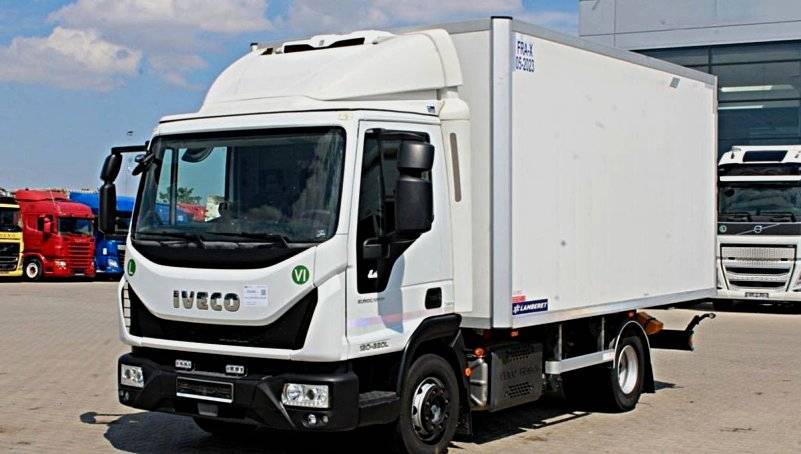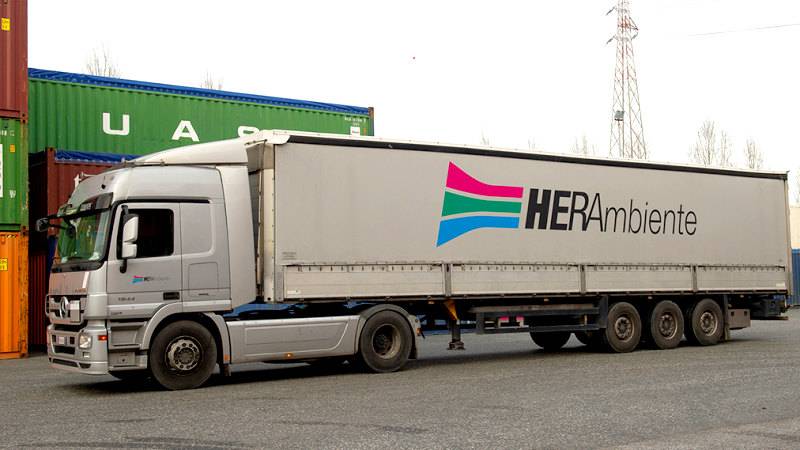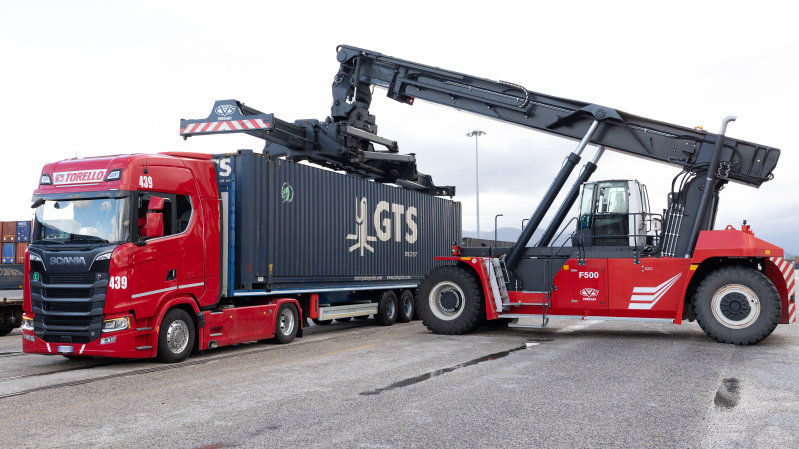On 29 January 2025, the International Air Transport Association released its full-year and December 2024 air cargo data, highlighting a significant rise in demand and stable yields despite a decline from the peaks of 2021-2022. December alone confirmed the year’s positive trend, with air cargo demand up by 6.1% compared to December 2023. Available capacity also increased, registering a 3.7% rise, with an even stronger performance in international operations.
In terms of yields, December recorded a 6.6% increase compared to the same month the previous year, remaining 53.4% above December 2019 levels. This underscores the sector’s resilience despite a gradual normalisation following the exceptional surges of 2021-2022. Among the key factors influencing the final month of the year were the growth in global trade, which expanded by 3.6% in 2024, and the weakening of global manufacturing output, with both the manufacturing PMI and new export orders index falling below the critical threshold of 50. Additionally, inflation continued to rise in the United States and the European Union, while China experienced mild deflation.
The entire year of 2024 closed with record growth: demand, measured in freight tonne-kilometres, rose by 11.3% year-on-year, surpassing the record volumes of 2021. Overall capacity increased by 7.4%, with an even higher figure for international operations. According to Willie Walsh, IATA’s Director General, 2024 was a year of profitable growth, primarily supported by e-commerce, restrictions in maritime transport that made air cargo a more competitive alternative, and airspace limitations on key routes to Asia, which helped sustain high yields.
Despite an average 1.6% decline in yields compared to 2023, they remain 39% higher than in 2019, indicating a still strong and expanding market. The outlook for 2025 suggests more moderate growth, estimated at around 5.8%, in line with the industry’s historical expansion rates. However, geopolitical uncertainties, including the potential impact of new trade tariffs imposed by the United States, pose a risk to the stability of international trade.
Key routes saw continued expansion in 2024, with some registering double-digit growth. Asia-North America routes experienced an 8% annual increase, while Europe-Asia recorded a 10.3% rise, confirming the strategic importance of this connection. Routes between the Middle East and Asia, as well as the Middle East and Europe, also continued to grow, while intra-Asia traffic showed the strongest increase, supported by e-commerce and rapid industrial expansion.
The only negative exception was the Africa-Asia route, which contracted by 4%. Airlines in the Asia-Pacific region performed best, with demand rising by 14.5% in 2024, followed by the Middle East and Latin America. North America recorded the most modest growth, while Africa saw an overall 8.5% increase, though demand declined in December.



























































